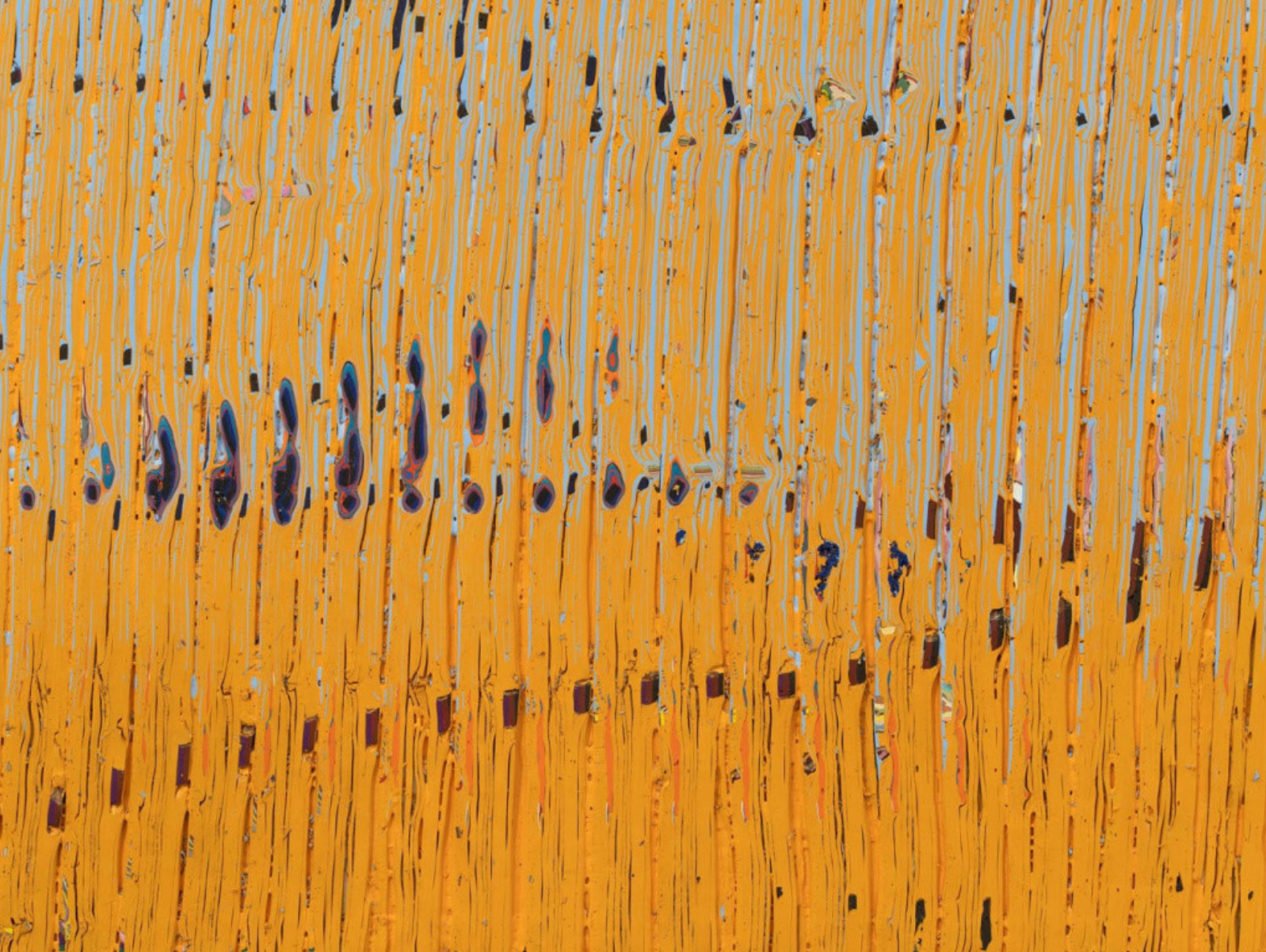
| Period| | 2023.11.09 - 2023.12.23 |
|---|---|
| Operating hours| | 11:00 - 19:00 |
| Space| | LEHMANN MAUPIN/Seoul |
| Address| | 213, Itaewon-ro, Yongsan-gu, Seoul 04349 |
| Closed| | sun,mon |
| Price| | Free |
| Phone| | 02-725-0094 |
| Web site| | 홈페이지 바로가기 |
| Artist| |
로리엘 벨트란
|
정보수정요청



|
|
Exhibition Information
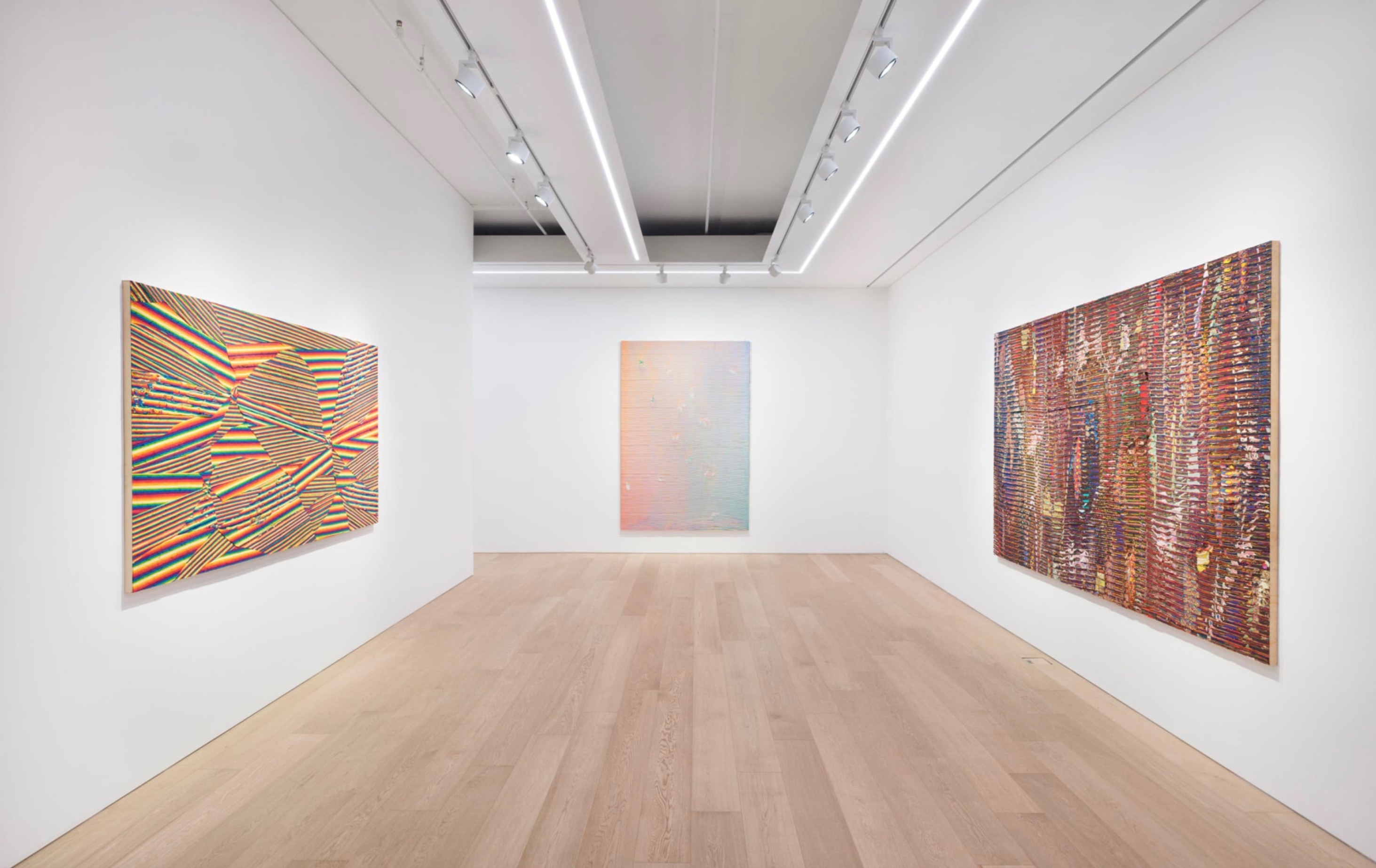
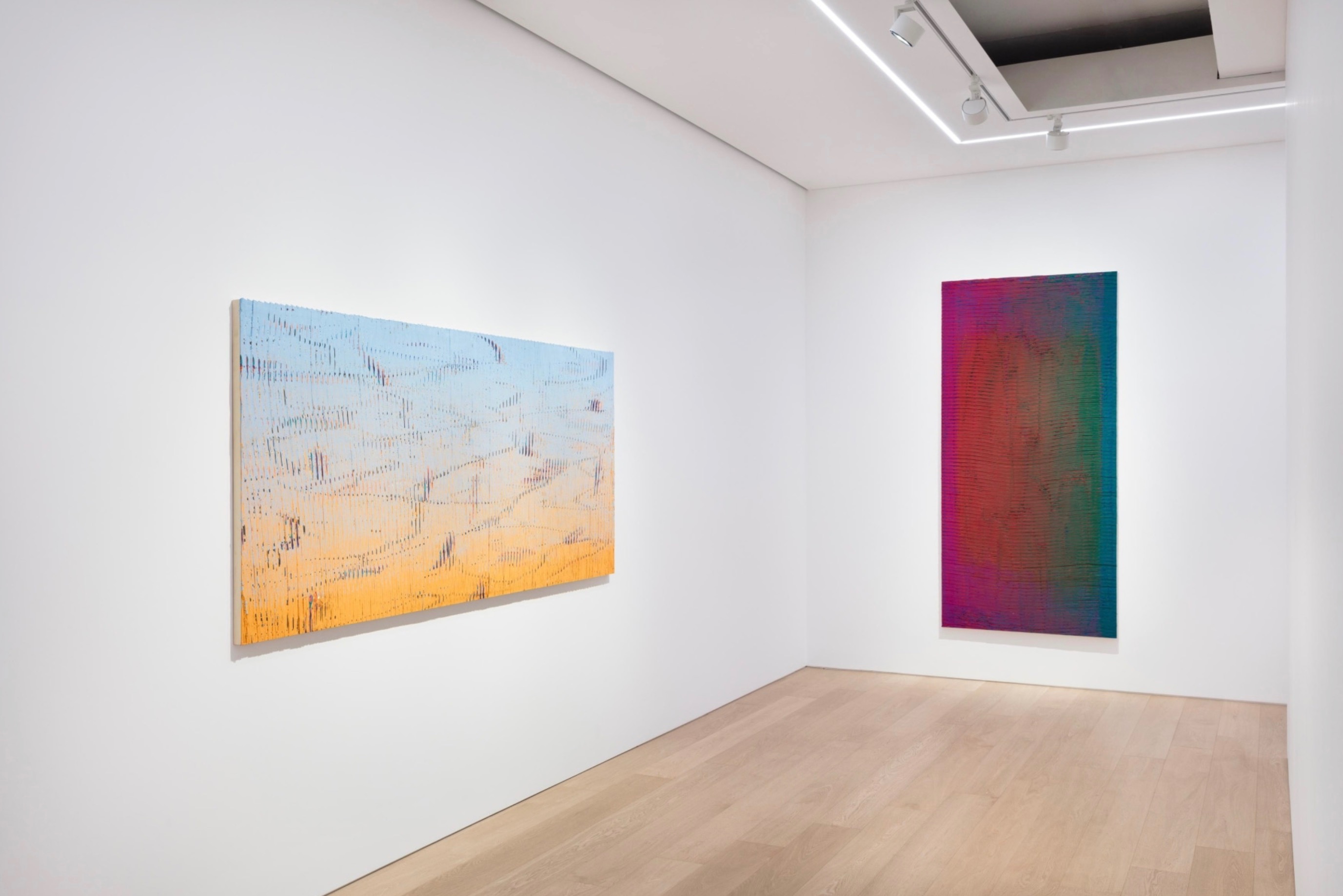
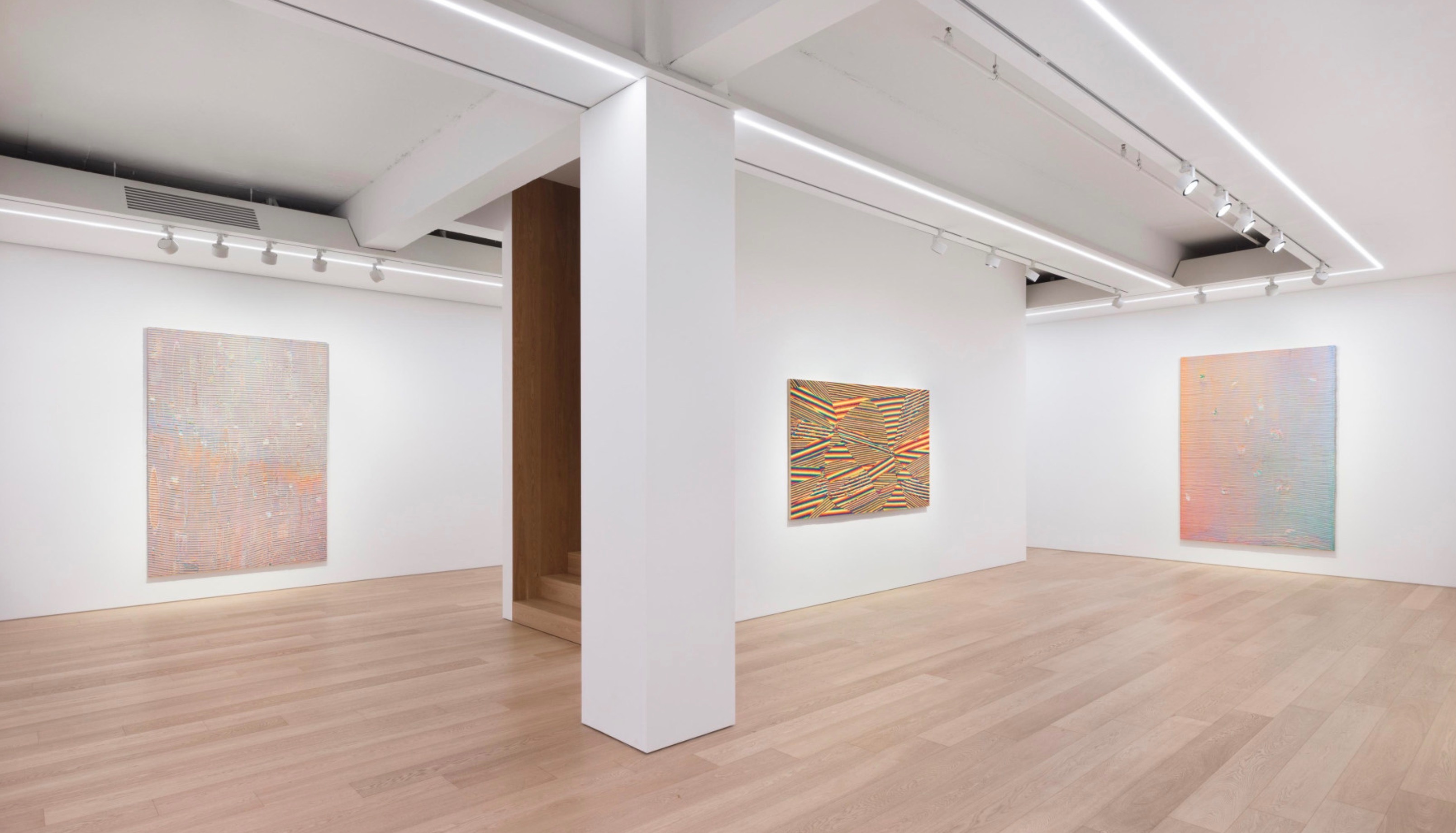
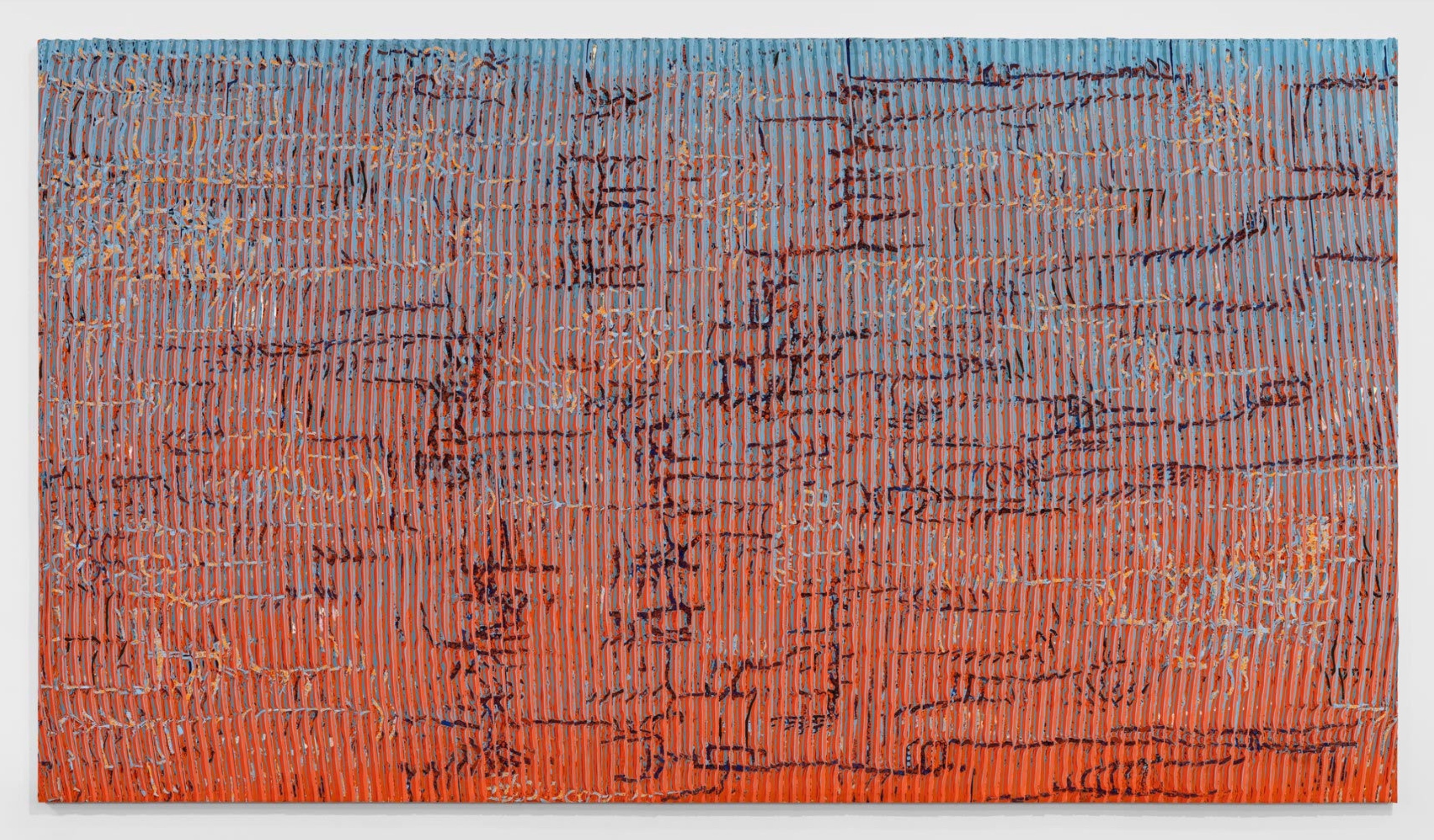
“When something simple accumulates, it repeats; it becomes something else entirely.” — Loriel Beltrán Lehmann Maupin is pleased to present Total Collapse, an exhibition featuring new paintings by Venezuelan-American artist Loriel Beltrán. This marks the artist's debut exhibition in Korea. Loriel Beltrán creates sculptural accumulations of paint and color that defy traditional notions of artistic media. As he poetically merges painting and sculpture, the artist has stated that his works “resist becoming images” and instead materialize color in its full complexity. Although his work probes optical effects, Beltrán remains equally invested in issues of materiality, process, and industry, foregrounding artistic labor and the residue it leaves behind. His work exerts pressure on distinctions between image and object, surface and substance, plane and structure, creating a set of shared concerns that situates his practice squarely between the legacies of Latin American modernism and postwar painting in the United States. The result of a meticulous and labor-intensive process, Beltrán’s surfaces are composed of layers of paint that have dried to create vibrating optical effects. The artist produces custom molds and pours paint into them, allowing the paint to harden and dry over time. He sometimes integrates objects into his molds—including leftover materials or detritus from his studio—to insert “interruptions” in his compositions. Beltrán repeats this process for several months, or even years, allowing layers of paint to coagulate and accumulate. The artist then removes the mold and slices the resulting object—a hardened block with swirls and layers of color—into strips using a custom-built slicing machine. The strips are then arranged into planar compositions, which he adheres to a wooden substrate. Sculptural in terms of process, the resulting panels are ultimately hung vertically and perceived as paintings. In Total Collapse, the history of painting provides a rich repository of accumulated knowledge that Beltrán visualizes as a hyper-compressed archeology of techniques, materials, and artistic movements. In Diana I (Renoir) (2023), the artist presents a gloss on history painting, exploring the influence of Impressionism on his own work as digested through his signature process. Renoir’s Diana appears as code, the syncopated greens and pinks suggesting the foliage and flesh of the original work through a process of stratified translation. Beltrán suggests that every new artwork is in some ways a compression of the art historical canon itself. Similarly, in a field of signs (2022), layers compress and converge around a code of scattered pictograms recalling an alphabet. At once logical yet nonsensical, a field of signs dissolves the distinction between image and language, suggesting that both are built on an accumulation of sociocultural histories. Total Collapse extends beyond human histories to consider pressure in environmental ecologies. Atmosphere collapse (2023) explores the fragility of the habitable zones we take for granted, its blue and crimson spectrum showing poignant cracks across its vivid surface. Beltrán has long been fascinated by the dual optical and tactile nature of color. Many pigments are distilled from organic sources or extracted from minerals deep in the earth. While produced by light and perceived via the eye, color also maintains fundamental connections to physical matter. Works such as Pigments from tar (2023) and Aniline light (2023) make these ancient histories newly visible, creating kaleidoscopic meditations on the chemical reactions between sunlight and sediment. The layers of Beltrán’s paintings likewise recall the strata of the earth, connecting to deep geological time through the process of their making as well as in their widening exploration of environmental concerns. Beltrán’s newest body of work applies increasing pressure to the distinctions between categories that organize our dangerously anthropocentric view of the world. Nature and culture, science and philosophy, language and image, sculpture and painting are all subjected to a series of artistic operations that create new forms from a hybrid use of references and materials. Beltrán challenges us to consider an increasingly pressing question: what remains on the other side of total collapse? (Source = Lehmann Maupin)
